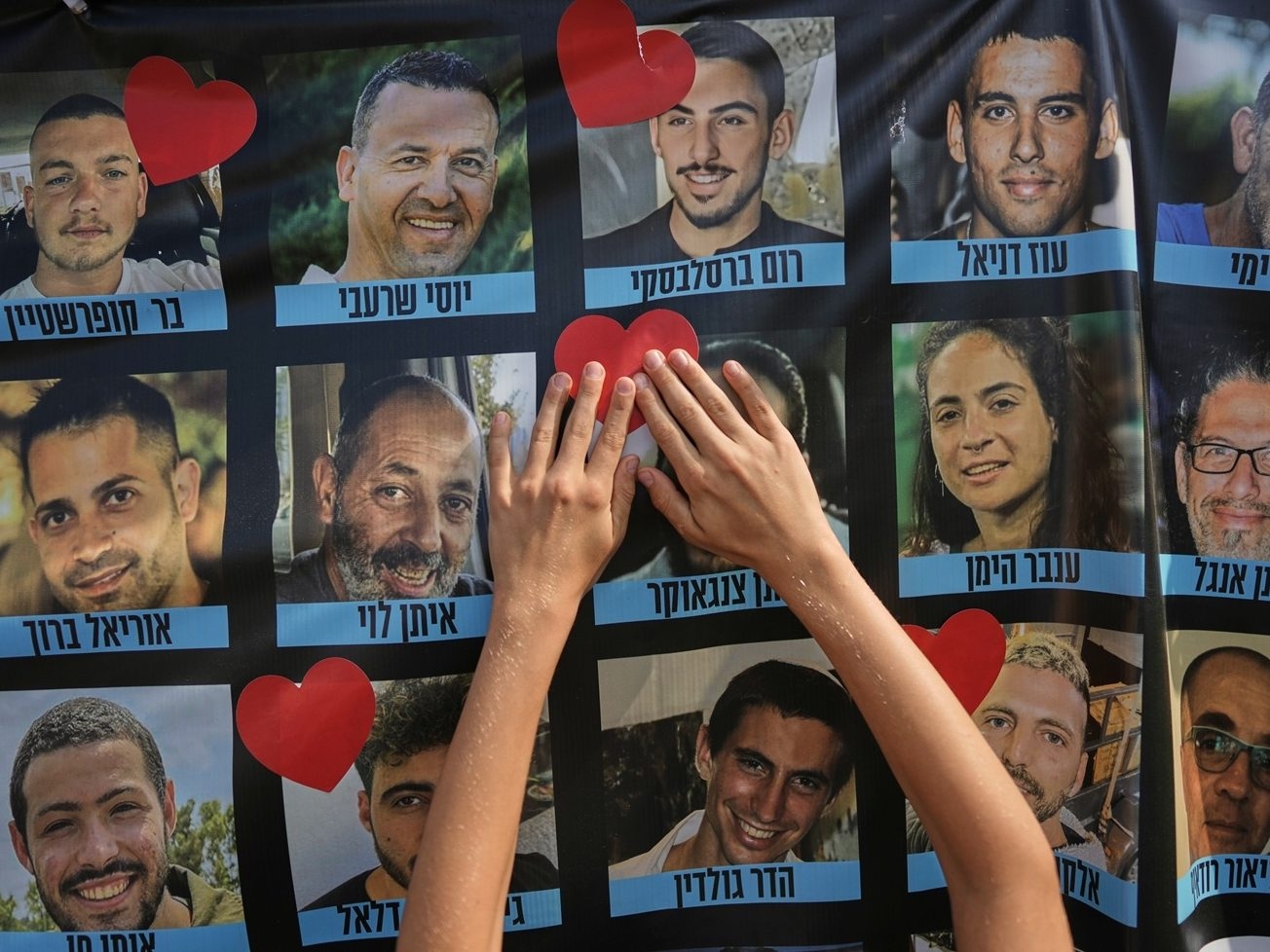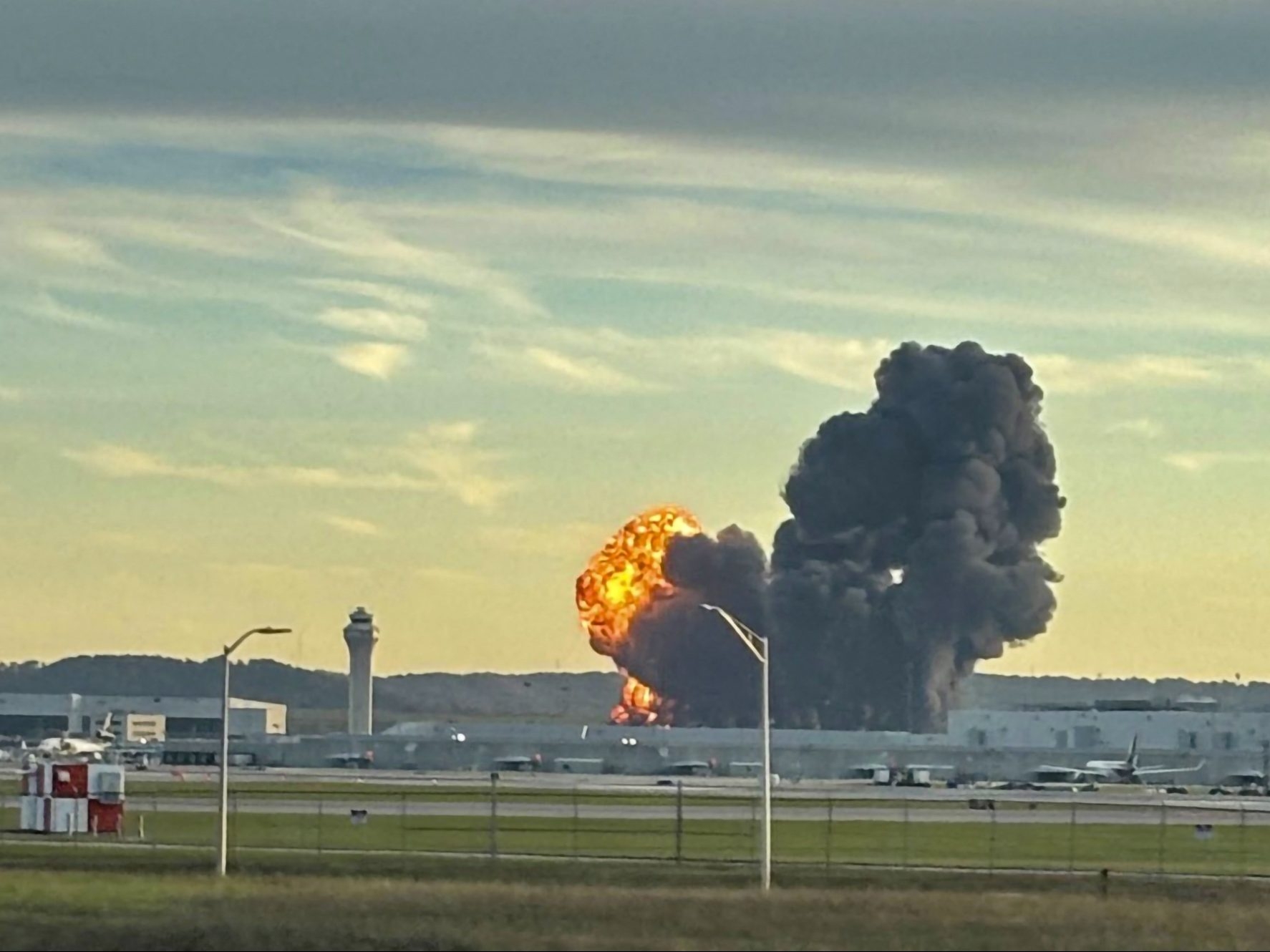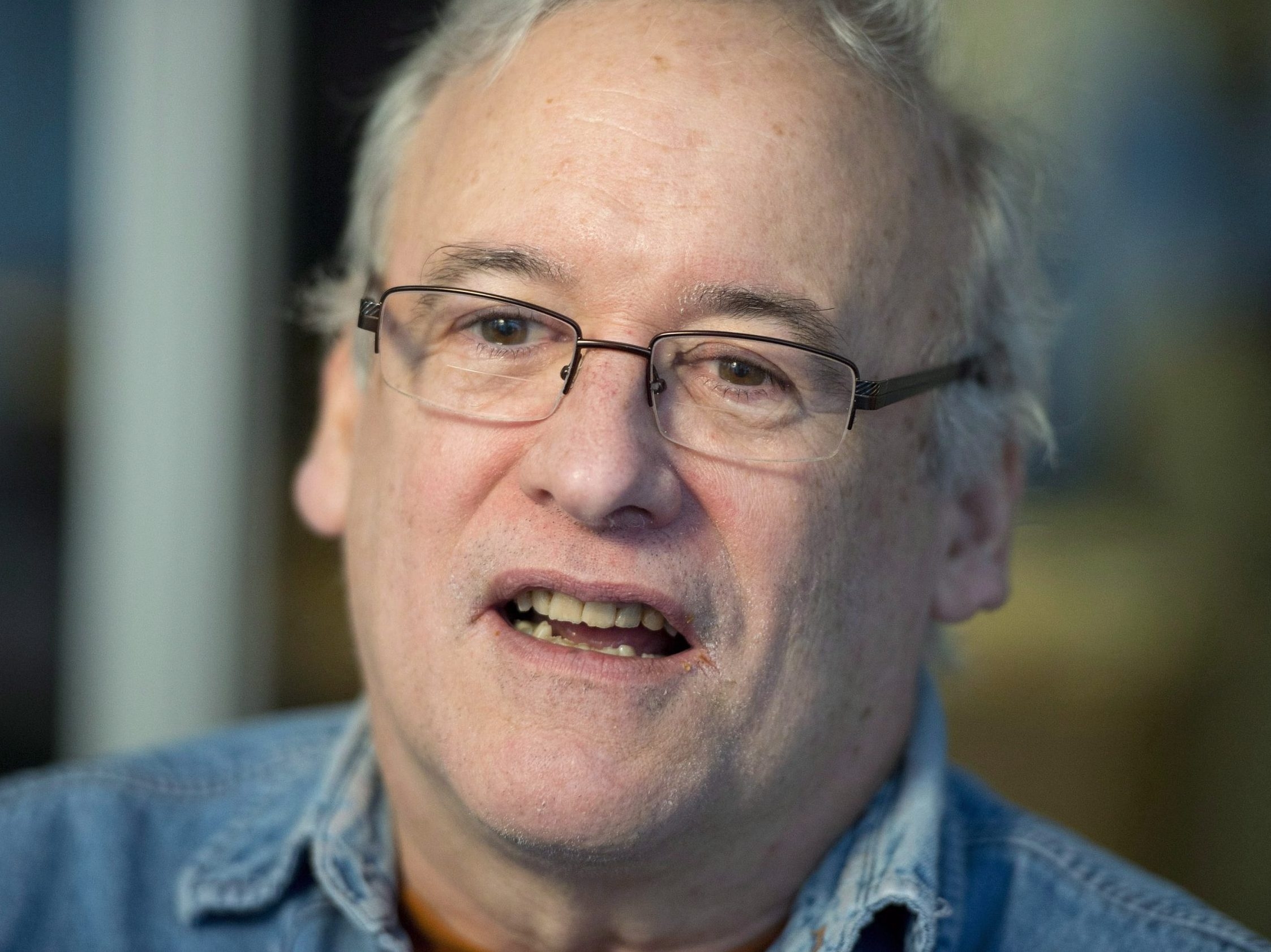The weight of war settled heavier on Israel Wednesday with the return of the remains of Staff Sergeant Itay Chen, a 19-year-old soldier taken hostage during the October 7th attack. His story, tragically concluded, underscores the agonizing human cost of the conflict gripping the region.
Chen was serving with the 77th Battalion when he fell from a tank and was abducted by Hamas. For months, his family held onto hope, a hope that was officially extinguished in March, though now, finally, they have his remains to mourn and lay to rest. This return follows the repatriation of another hostage’s remains on Tuesday, a grim but significant development under the fragile ceasefire.
The ceasefire, brokered by the United States, aims to halt the most devastating war in Israel’s history. It’s a delicate process, marked by the slow, heartbreaking return of the fallen. Hamas has released bodies incrementally, one to three at a time, citing the widespread destruction in Gaza as a complicating factor.

For each Israeli hostage returned, Israel has released the remains of fifteen Palestinians held in its custody. So far, 270 Palestinian bodies have been handed over, but identification has proven agonizingly slow. A critical shortage of DNA testing kits in Gaza hinders the process, forcing the Health Ministry to post images online, desperately hoping for recognition from grieving families.
The conflict began with a brutal Hamas-led assault on southern Israel, claiming the lives of approximately 1,200 people and resulting in the abduction of 251 hostages. Israel’s response has been a sweeping military offensive, leaving over 68,800 Palestinians dead in Gaza, according to the Health Ministry.
Amidst the ongoing tragedy, the United States is proposing a draft resolution to the U.N. Security Council, seeking a mandate for an international stabilization force in Gaza for at least two years. This proposal, still in its early stages, requires extensive negotiation and the backing of key international partners.
Even as fighting pauses, the humanitarian crisis in Gaza remains dire. The World Food Programme has reached one million people with food parcels, but access remains severely restricted. Only two border crossings are currently open, hindering the delivery of vital aid, and internal routes within Gaza are often inaccessible.
International support is growing, with nearly 40 countries and organizations now coordinating aid efforts through a U.S.-led center in Israel. Yet, the scale of the need is immense, and the path to recovery for Gaza, and for both Israelis and Palestinians, remains long and uncertain.





